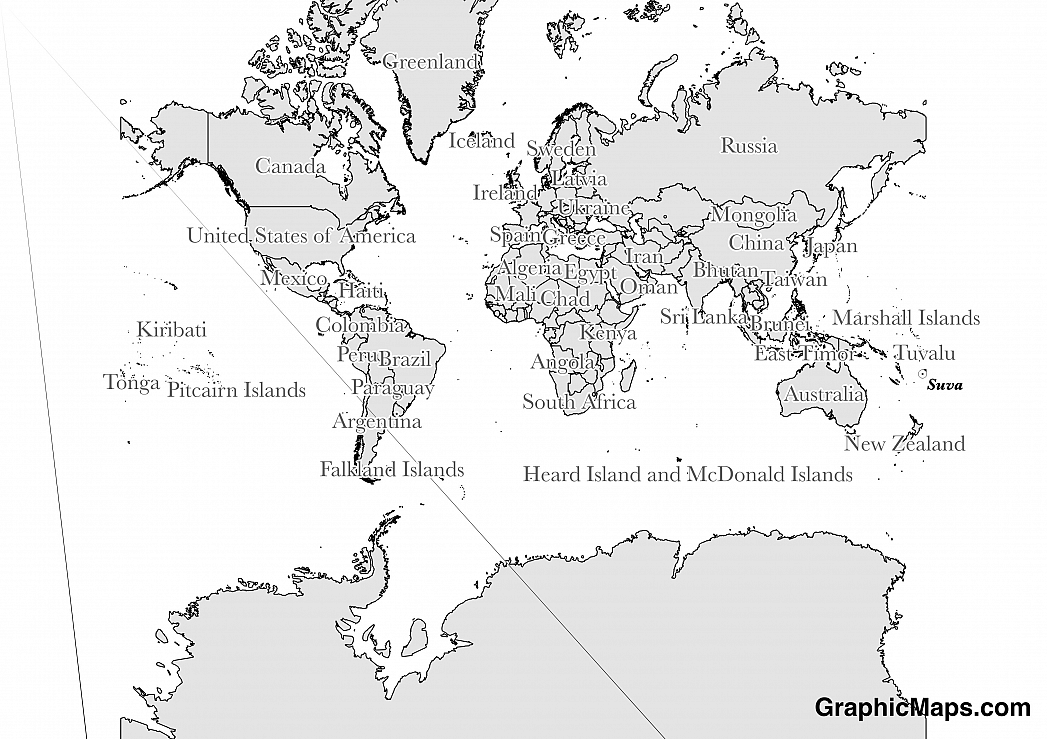Fiji has a government that operates as a parliamentary constitutional republic. In this democracy the head of state is the President while the head of government is the Prime Minister. The government as well as Parliament exercise legislative power. The archipelago is divided up into four divisions: Central, Eastern, Northern, and Western. It also has fourteen provinces: Naitasiri, Namosi, Rewa, Serua,Tailevu, Kadavu, Lau, Lomaiviti, Bua, Cakaudrove, Macuata. Ba, Nadroga-Navosa, and Ra.
Members of Fiji’s Parliament are elected every four years. Along with a Speaker this political body is led by the country’s Prime Minister. Fiji has held ten general elections since gaining its independence from the United Kingdom in 1970. The thirty two members of the Senate aren’t elected but rather nominated. Voters in Fiji can chose from a variety of political parties including the General Workers’ Party, United General Party, and Soqosoqo Duavata ni Lewenivanua (or United Fiji Party).
The Parliament of Fiji meets in the Government Building which is located in Suva Fiji’s capital and most populated city. The fifty member Parliament was established after the archipelago gained independence from the United Kingdom in 1970. It replaced the Legislative Council which operated during the time of colonial rule. The official residence of the President of Fiji is known as Government House, a Georgian mansion built in 1928. This structure was built in order to replace the residence of the colonial governor which was destroyed by a massive fire in 1921.
Although Fiji formerly had a multiparty system. However, following strict regulating, many parties were forced by the government to de-register in 2013. The Fiji Labour Party and the National Federation party are now the only two parties in existence.
This page was last modified on May 1st, 2018
More on Graphicmaps

Published on 2019-11-06
What is a Trade Embargo?

Published on 2019-11-04
Which Two Countries Used to Have the Same Flag?

Published on 2019-09-16
What Is the Only Two-Sided State Flag?

Published on 2019-09-16
Which Country Flag Looks Like the Texas Flag?

Published on 2019-08-29
Flags That Resemble the US Flag

Published on 2019-08-20
